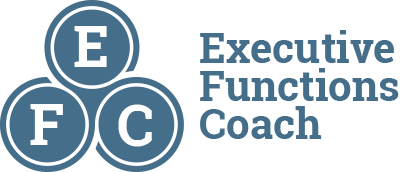In a world where communication is key, the ability to be assertive plays a crucial role in personal and professional success. Learning how to be more assertive involves honing assertiveness training techniques, understanding the nuances, and developing assertive skills to navigate various situations confidently.
Unleashing the Power of Assertiveness
How to Be More Assertive is a skill that empowers individuals to express their thoughts, feelings, and needs openly and honestly, while respecting the rights of others. Assertiveness training is the first step towards mastering this skill. By engaging in assertiveness training exercises, individuals can enhance their self-awareness, communication, and conflict resolution skills.
Embarking on assertiveness training is akin to unlocking the door to self-empowerment. Sessions often focus on understanding the difference between passive, aggressive, and assertive behaviors. Through role-playing and real-life scenarios, participants learn to communicate assertively, navigate challenging conversations, and set clear boundaries, laying the foundation for a more confident and self-assured demeanor.
Being Assertive: A Balancing Act
Being assertive is not about being domineering; it’s about striking a balance between expressing your needs and respecting others. Assertive individuals communicate their thoughts and desires with clarity and confidence, fostering healthy relationships and minimizing misunderstandings. Mastering the art of being assertive involves recognizing the value of your opinions and feelings while acknowledging the perspectives of those around you.
Assertive skills are the tools that allow individuals to communicate effectively, navigate conflicts, and advocate for themselves without being overly aggressive. These skills include active listening, using “I” statements to express feelings and needs, and learning to say no when necessary. Developing assertive skills requires practice and a willingness to step outside one’s comfort zone.
Saying No: A Superpower
Learning to say no is a vital aspect of assertiveness. Many struggle with the fear of disappointing others, leading to difficulty in setting boundaries. However, realizing that saying no is a form of self-care is a game-changer. By setting clear boundaries through assertive communication, individuals can prioritize their well-being and avoid unnecessary stress and overwhelm.
Putting assertive skills into action involves using specific body language, maintaining eye contact, and speaking with a firm but respectful tone. These non-verbal cues complement assertive communication, reinforcing the message of self-assurance. As individuals consistently apply assertive skills in various aspects of their lives, they cultivate a strong sense of self-worth and gain the respect of others.
Setting Boundaries for a Balanced Life
Setting boundaries is the cornerstone of a balanced and fulfilling life. Assertiveness enables individuals to establish and communicate their limits, protecting their time, energy, and emotional well-being. Whether in the workplace or personal relationships, clear boundaries contribute to healthier connections and a more positive overall environment.
Empowering Through Assertiveness
In conclusion, mastering how to be more assertive is a journey towards self-empowerment and effective communication. Engaging in assertiveness training, understanding the art of being assertive, and developing these skills are key components of this transformative process. By learning to say no when necessary and setting boundaries, individuals can navigate life with confidence, advocate for themselves, and foster more meaningful and respectful connections. Start your journey to assertiveness today and unlock the doors to a more empowered and fulfilling life. Book a free session with us so we can help jumpstart your journey.


